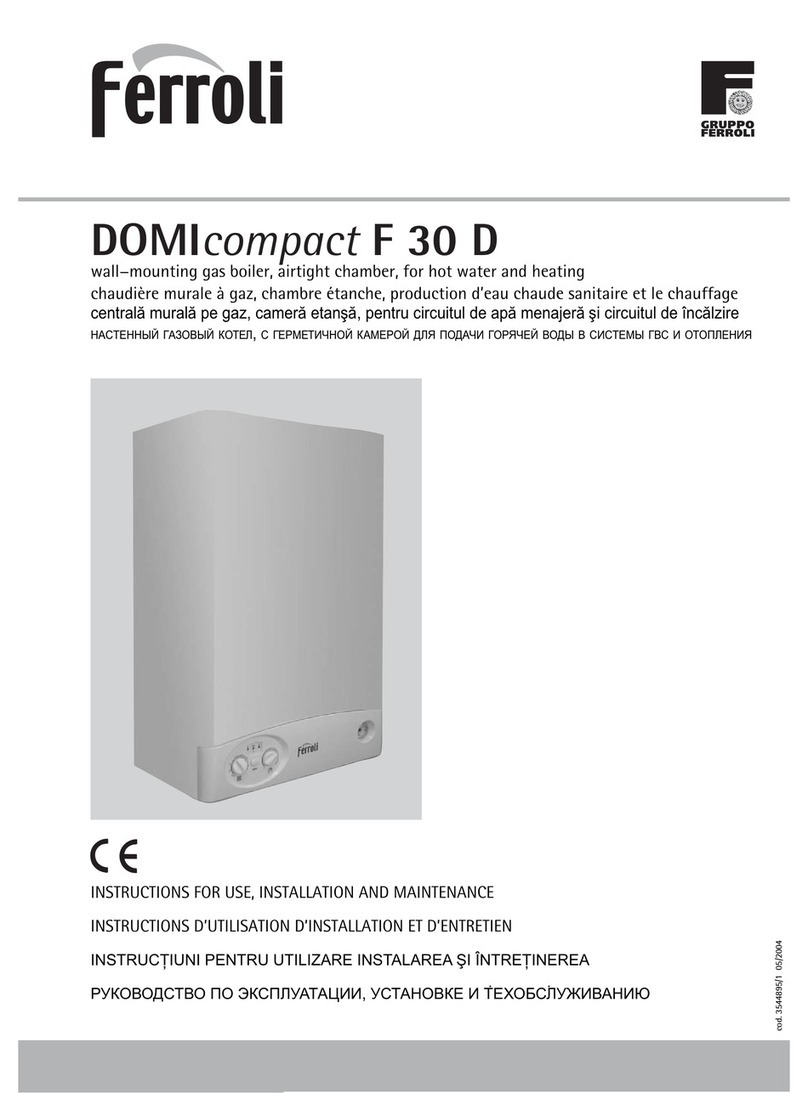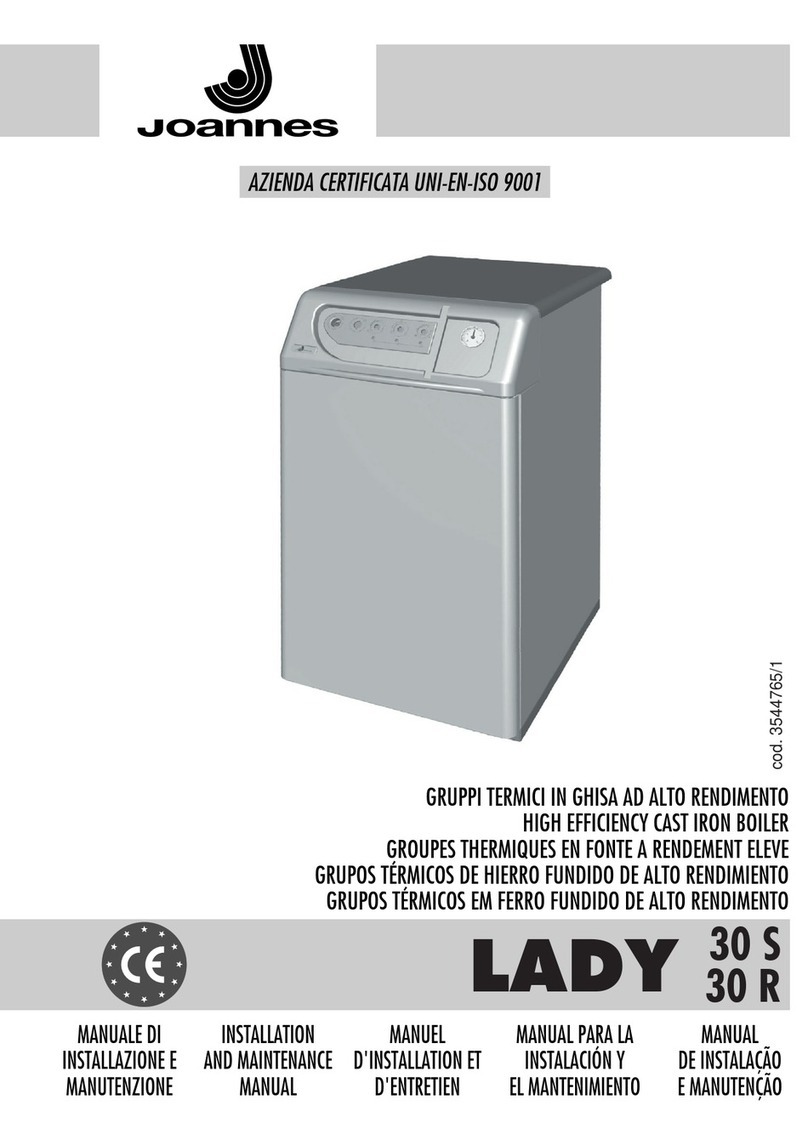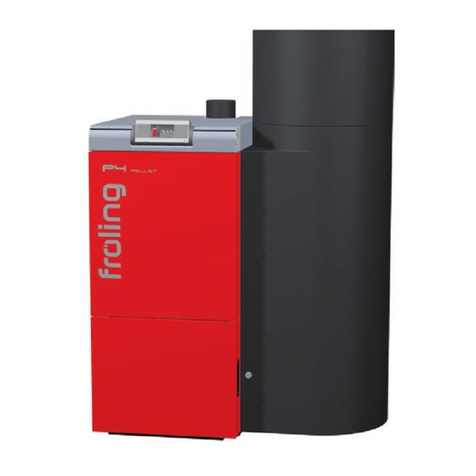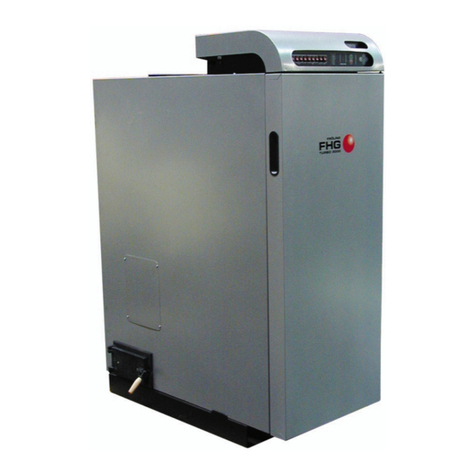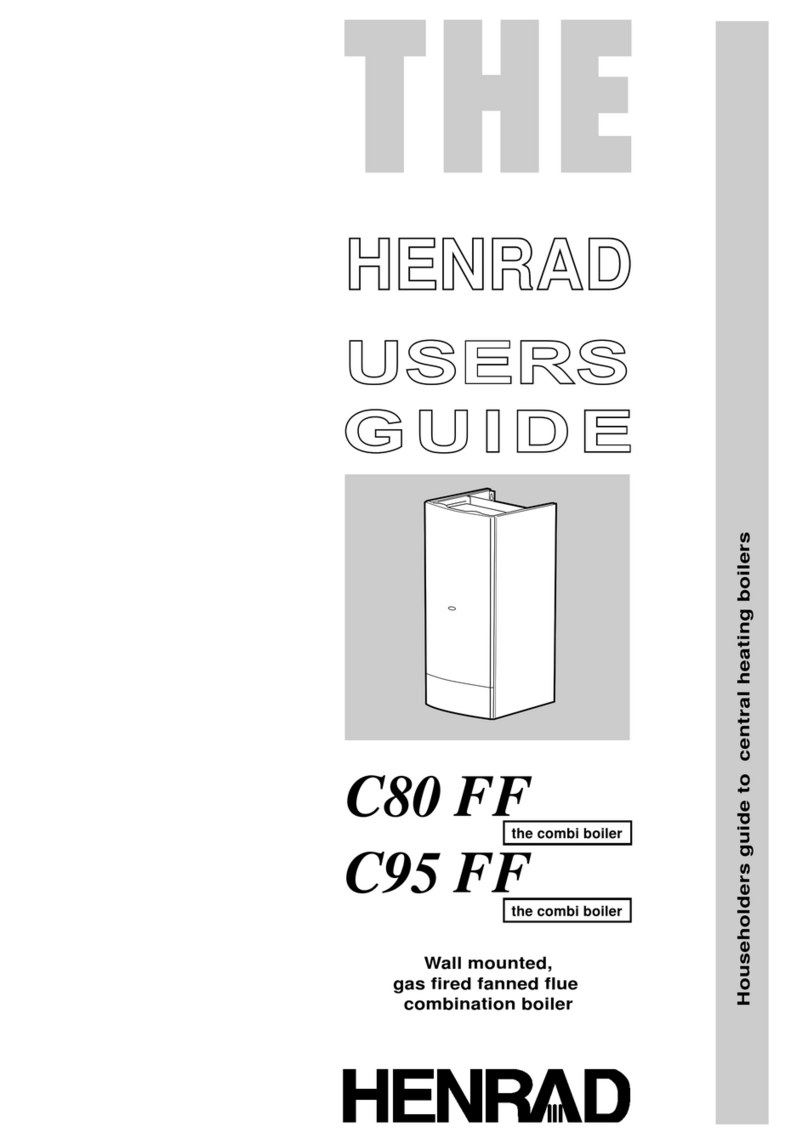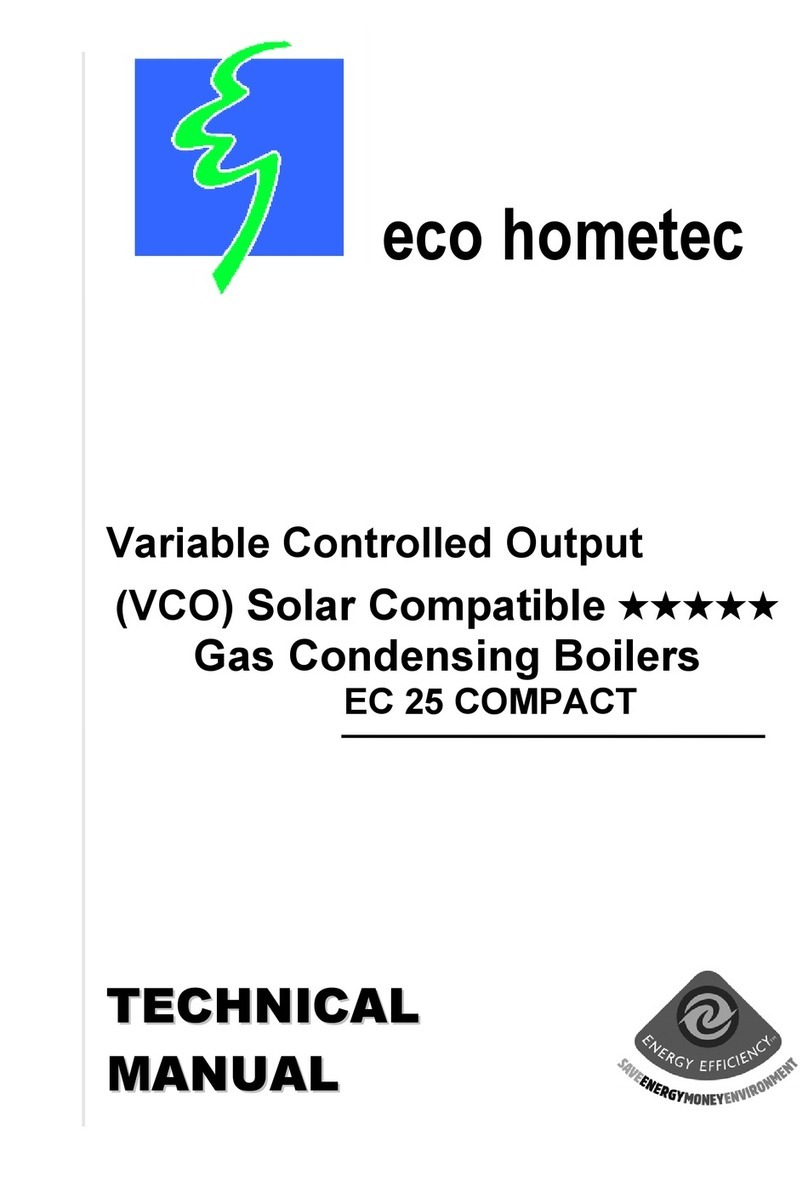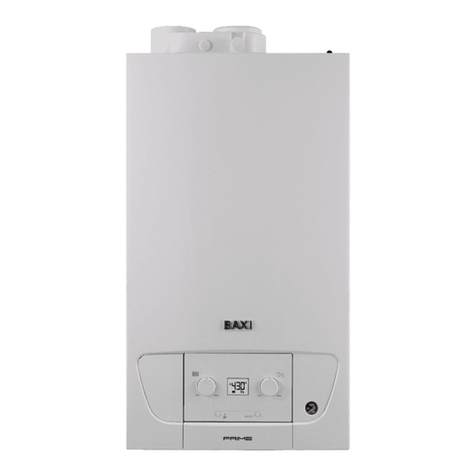BONNET CIDELCEM GRANDE CUISINE
Siége social:
Rue des Frères Lumière - Z.I Mitry Compans
77292 MITRY MORY Cedex
4. MAINTENANCE
4.1 ABOUT STAINLESS STEELS
A stainless steel is a type of steel designed to allow a thin protective film to form on the metal surface
and to protect it against corrosion (Oxide film resulting from the chemical reaction of oxygen on the metal
surface).
Any element disturbing the formation of this film, or making its partial destruction easier (Food deposits,
overflows, stagnant liquids...) affects stainless steel resistance to corrosion.
If the composition of stainless steel allows it to resist certain chemical aggressions better than standard
steel do not imagine that stainless steel is indestructible.
3 main factors of corrosion should be checked:
- The chemical environment. In general: * Diverse brines
(Salt concentration, Sauerkrauts …)
* Chlorides, particularly in:
- Cleaning products
- Bleach.
- Temperature: Any chemical environment has its aggression
towards stainless steel considerably increased at
higher temperature.
- Time: The more important the contact time between
stainless steel and the chemical environment is, the
more perceptible the consequences of the
corrosion will be.
The combination of these three factors can lead to the destruction of interior surfaces, even
those of high quality stainless steel.
Note: when a stainless steel corrodes, it is extremely rare that it comes from the steel itself.
Generally, inappropriate or badly used cleaning products, bad maintenance or extreme conditions of
use are often the cause of the problems encountered.
WARNING
The manufacturer can not be held responsible for cases of corrosion encountered in these
conditions and no warranty will then apply.
A list of the most frequent cases is given below, so that you can identify these possible causes
and maintain your equipment's service life as long as possible.
